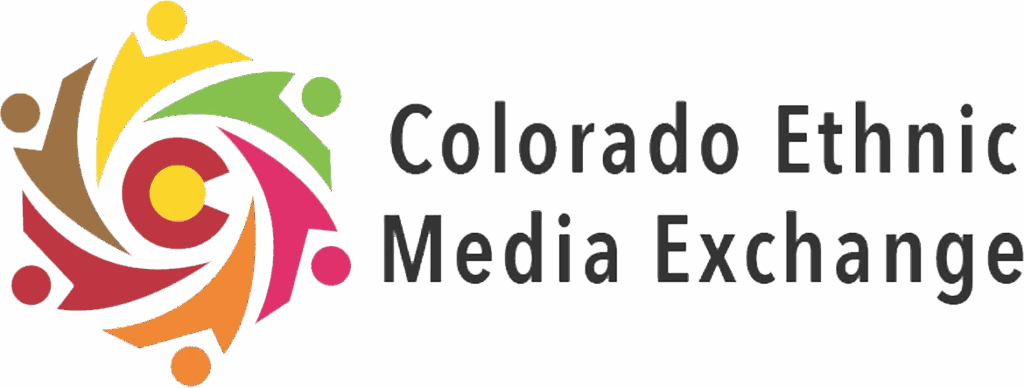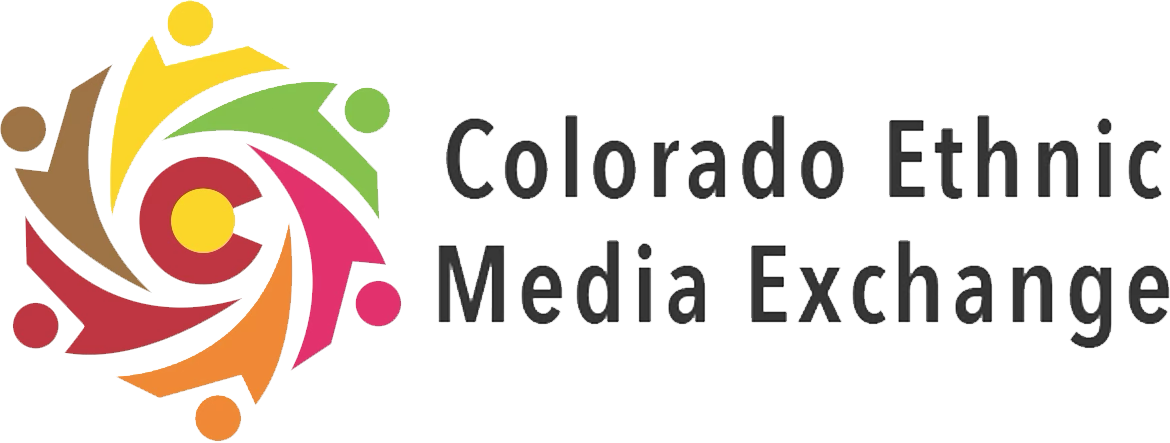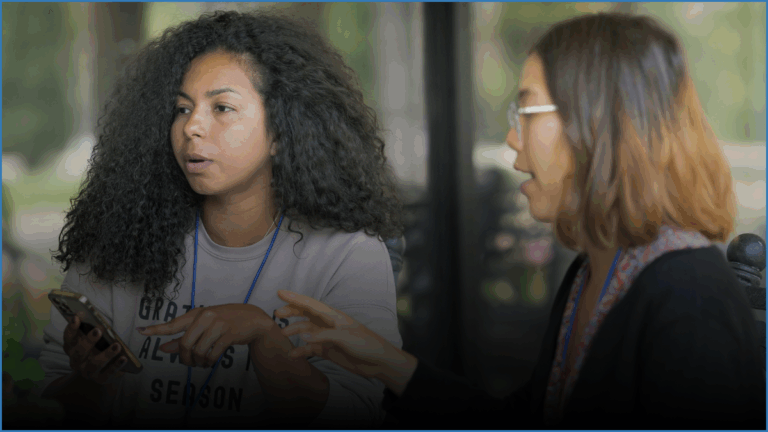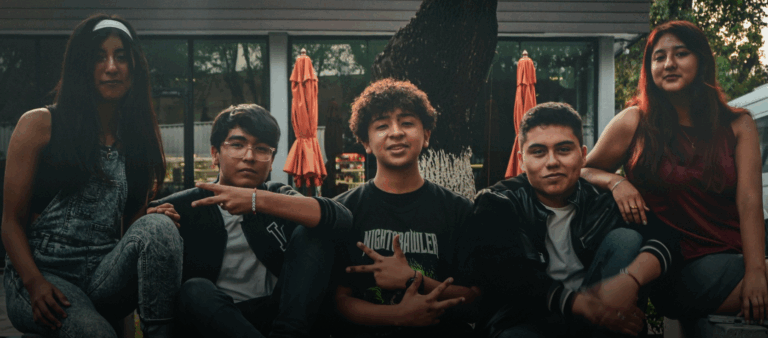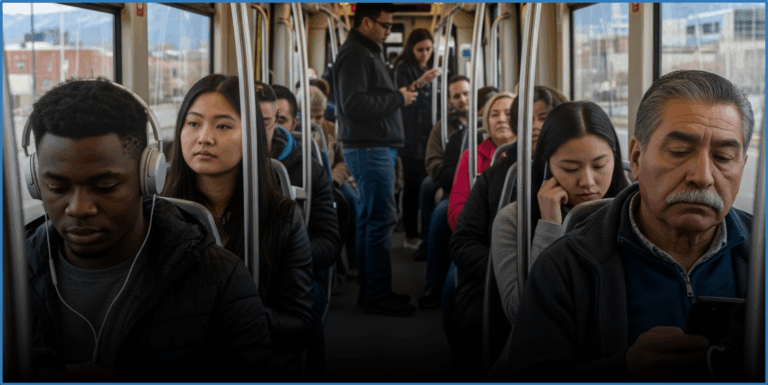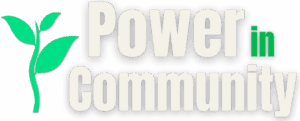
POWER IN COMMUNITY · NO. 5
From Labor to Leadership
How Coloradans are growing economic power through worker ownership.
What if your job didn’t just pay the bills, but gave you a real stake in the future?
What if the businesses in your neighborhood weren’t owned by outside investors, but by the people who live and work there?
What if work didn’t just mean wages, but also a meaningful role in shaping the company’s future?
That’s the promise of employee ownership. And in Colorado, it’s gaining traction as a reimagining of who holds economic power.
“Centuries of institutional and systemic racism have resulted in major disparities in employment, opportunities, education, income, and other types of asset ownership across different racial groups,” says Emilie Ellis, a senior program officer at The Colorado Health Foundation (CHF).
- Redlining blocked families of color from building generational wealth through homeownership.
- Traditional financing systems often shut out entrepreneurs without collateral or a credit history.
- The decline of union jobs and local ownership stripped many workers of security, benefits, and a voice.
But in Colorado, the employee ownership model is one of the exciting shifts challenging the structural forces that have kept wealth and power out of reach for so many.
What If Your Job Came With Ownership?
Employee ownership is precisely what it sounds like: when the people who work at a company also own a meaningful piece of it.
Sometimes that happens through a worker cooperative, or “co-op”, where the workers own and run the business and share in its profits. Other times, it takes the form of an Employee Stock Ownership Plan (or ESOP), where workers receive shares in the company over time. As the business grows, so does their stake.
For both models, the benefits are many:
- Workers of color in employee-owned companies tend to hold significantly more wealth than their peers in traditional firms.
- During the Great Recession and the COVID-19 pandemic, employee-owned businesses were less likely to lay off staff or reduce wages.
- Employee-owners are more likely to have access to health insurance and retirement benefits.
- These businesses see stronger productivity, job performance, and job satisfaction.
It’s a model that reimagines who profits from work and who holds power because of it. Across Colorado, people are putting these ideas into action. The state is now home to more than 230 employee-owned businesses. Each one is a step toward a more inclusive, community-rooted economy.

A Rideshare App That Puts Drivers in the Driver’s Seat
Fed up with low pay, sudden deactivations, and unpredictable conditions, a group of rideshare drivers—many immigrants and refugees—decided to build something better.
“Rideshare drivers are gig workers. Despite all the talk about flexible work and high wages, they’re usually some of the most exploited workers,” says Ellis. “So [CHF] supported the Rocky Mountain Employee Ownership Center (RMEOC) to help create a new social cooperative.”
RMEOC helped drivers launch the Drivers Cooperative–Colorado, the first driver-owned rideshare app in the U.S. to offer both on-demand and scheduled rides. They take home 80% of each fare. There’s no surge pricing. Drivers elect their board, shape their policies, and set the terms of their labor.
It’s a model built to serve communities that are too often excluded from ownership—more than 70% of members are immigrants or refugees. “The co-op gives rideshare drivers more direct agency in terms of the fares they’re getting, and they have decision-making authority when it comes to how the broader business is being run,” says Ellis.

[Drivers Cooperative—Colorado] gives rideshare drivers more direct agency in terms of the fares they’re getting, and they have decision-making authority when it comes to how the broader business is being run.
EMILIE ELLIS,
SENIOR PROGRAM OFFICER,
THE COLORADO HEALTH FOUNDATION

Keeping a Local Business Local—And Worker-Owned
In Arvada, when the longtime owner of Apex Plumbing was ready to retire, he faced a choice: sell to a bigger company, or leave the business in the hands of the workers who had built it. He chose the latter.
With help from Apis & Heritage Capital Partners, a mission-driven investment firm, Apex transitioned to 100% employee ownership through an ESOP, making the company’s predominantly Latino employees the owners.
This type of transition is becoming more urgent as Colorado, like the rest of the country, faces the so-called “silver tsunami”—a massive wave of retirements among baby boomers, many of whom own small businesses with no clear succession plan.
According to the Colorado Employee Ownership Office, 48% of Colorado’s small business owners are 55 or older. Without a strategy, those businesses risk shutting down entirely or being absorbed by national chains or private equity firms, draining local economies of jobs, identity, and wealth.
Employee ownership offers another path, and in doing so, it’s creating new possibilities for communities.
“People of color working at ESOPs have substantially more wealth than their peers nationwide, and there’s a multiplier effect on the local economy,” says Ellis.
One reason? “With employee-owned companies, you see fewer layoffs and unemployment, which reduces government spending, thus freeing up money for social services. And employee owners are generally more civically engaged—more likely to vote, and more active in their community.”
In Colorado’s rural regions, where many local economies hinge on a handful of long-standing employers, keeping businesses rooted in the community isn’t just important; it’s essential to long-term stability. It’s also where employee ownership can play an especially powerful role in shaping what economic recovery looks like.

A New Kind of Growth in the San Luis Valley
The fallout was swift and brutal when the Colorado Mushroom Farm abruptly closed its doors in 2022. Its workers, primarily immigrants and longtime employees, lost their jobs overnight. But after the closure, a worker-owned cooperative emerged anchored by the families who’d harvested mushrooms for decades.
Today, the Sand Dunes Mushroom Cooperative is working towards transforming what economic recovery can look like in rural Colorado. With support from a coalition of funders and advocates, including CHF, RMEOC, and the Community Foundation of the San Luis Valley, former farmworkers began building something new: an employee-owned farm.
It’s been a winding road. They’ve had to navigate permitting, land-use regulations, and financing hurdles. But in December 2024, the co-op secured a long-term facility in Alamosa and a special-use permit. They plan to begin production in 2025, growing gourmet and medicinal mushroom varieties.
That effort is still unfolding, and the Sand Dunes project shows the reality of what co-op projects sometimes face. However, it also shows how community partners can help these initiatives surmount some of the highest hurdles. Stay tuned.
Building the Support Behind Shared Ownership
Colorado is one of the only states with a dedicated Employee Ownership Office focused on expanding access to these models.
Public programs like tax credits and grants help make it more affordable for businesses to transition to employee ownership.
At the same time, organizations like RMEOC offer hands-on support, helping workers and retiring owners navigate the legal, financial, and logistical steps to launch or convert a business. Another key partner is the Colorado Center for Community Wealth Building (CCWB), which works to expand employee ownership and other models of inclusive, community-rooted economic development, particularly by supporting entrepreneurs of color and partnering with major local employers like hospitals and universities to keep wealth circulating locally.
But as we saw with Sand Dunes, the path isn’t always smooth. Co-ops and employee-owned businesses often struggle to access funding, insurance, or advisors who understand how these models work. And the workers who stand to benefit most—immigrants, low-wage earners, and people of color—are often the ones with the fewest connections to capital and support.
Addressing these challenges is why the strongest employee ownership transitions invest in leadership development, financial literacy, and the skills needed to run a participatory workplace. Recognizing this, CHF invests in organizations that provide this critical capacity building.
How to Join the Ownership Movement
Here’s how you can be part of this growing movement for agency and wealth building:
- Learn more about worker-owned co-ops, ESOPs, and other employee ownership models. Resources are available through the Colorado Employee Ownership Office and various support organizations (a quick web search for “Colorado employee ownership resources” can get you started).
- Patronize worker-owned businesses in your community. Your spending helps strengthen these equitable models and keeps wealth circulating locally. Here’s one directory to get you started.
- If you’re job hunting, consider applying to work at employee-owned businesses.
- If you own a business and are considering your next move, employee ownership could be a way to keep your legacy local and reward the people who helped build it.
Building community wealth through employee ownership isn’t just about creating jobs; it’s about creating an economy where prosperity is shared, work provides dignity and voice, and communities can shape their economic future. It’s a blueprint for resilience, equity, and well-being, built from the ground up. Colorado is among the best states in the country to start.
The Power in Community series is presented by The Colorado Health Foundation, working statewide to improve the health of Coloradans through community-informed investments and policy change. Learn more at coloradohealth.org.
Distributed by the Colorado Ethnic Media Exchange, a statewide network of newsrooms serving Colorado’s diverse communities and advancing equitable representation in media. Produced by Angle Content & Strategy, which builds mission-aligned content, tools, and partnerships that grow community agency.
About this article: All editorial decisions, reporting, and writing were carried out by human beings. Spanish-language versions were first translated using ChatGPT (OpenAI) and then reviewed and refined by a professional bilingual editor.
All inline illustrations were created using ChatGPT. The featured image was sourced from Unsplash. Image credit: Spencer Davis
